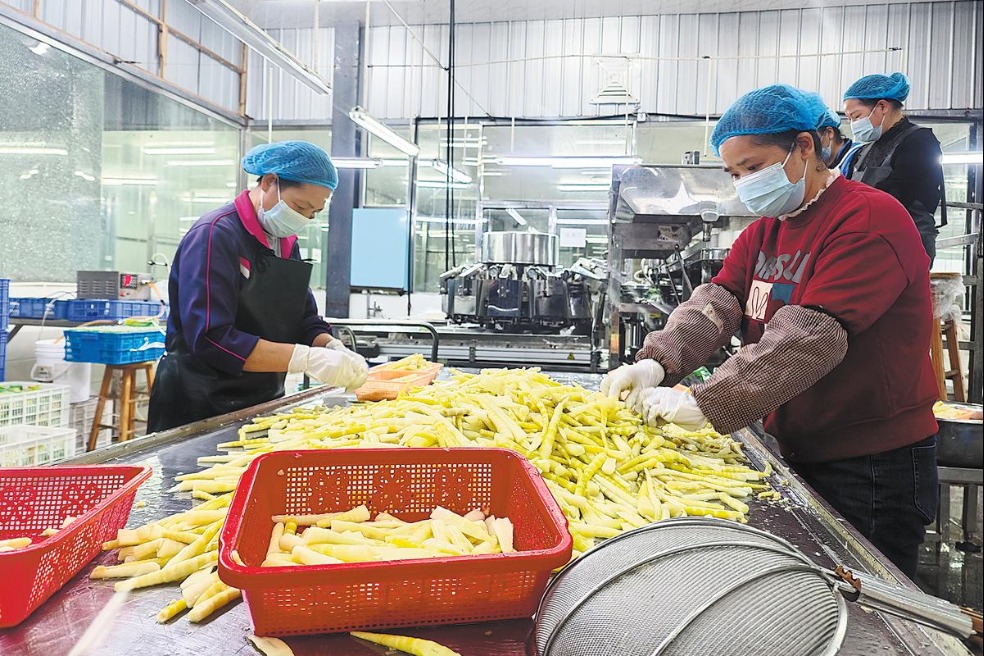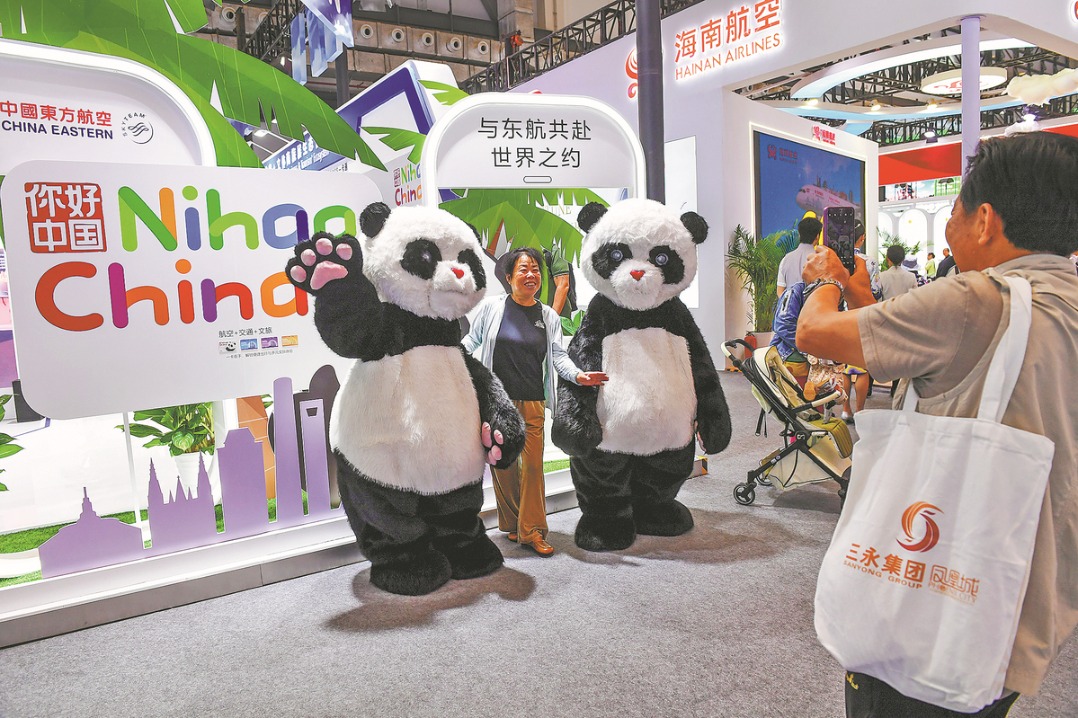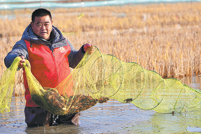COTTONING ON TO TECH

With cotton pickers in continuous operation, Erkin Rehim's 550 mu (36.67 hectares) of cotton fields were harvested in less than 24 hours. Rehim, a cotton farmer in southern Xinjiang felt at ease in the knowledge that his family would be through to the next year.
"It won't be a problem if I could sell 1 million yuan ($156,336) by the end of the year," he says.
As he did in previous years, Rehim has been busy in his cotton fields since March as if guarding his own children. All his efforts added up during the harvest season in October. Nature has laid out a profusion of cotton flowers. The cotton fields become a vast expanse of whiteness stretching to infinity. The squirting cotton breaks into white smiles, as bright as the smile on Rehim's face and more intense in the sun.
The 49-year-old now lives in Baximaili village, Gulebag township, Yuli county, in the southern region of the Tianshan Mountains. "I used to herd sheep and run restaurants in my early years. I was not committed to growing cotton until I got married in 2004," he says.
He is the kind of man who is bold but cautious. Rehim took out all his savings and loaned 40,000 yuan for a contract of planting 100 mu of cotton. That year, selling cotton not only got him a loan, but also helped him pull some good money. Rehim's first taste of success strengthened his resolve to grow cotton. For more than 10 years, he has been devoted throughout, and expanding his cotton fields steadily. This year, he has planted 550 mu. With more experiences in growing cotton, he has become the center of attention in the county.
In 2017, the government gave great impetus to land transfer in Yuli county, a major cotton-producing hub in Xinjiang renowned for its high-quality commodity cotton. The county has been planting cotton since the 1980s with planting technology developing toward refinement and modernization. They speed up agriculture mechanization by the years in steps from planting, drone spraying to picking. The comprehensive cotton planting cost decreased by 570 yuan per mu, and the seed cotton yield increased by 100 kg per mu.
Although manual picking gets him purer cotton, it costs more. Rehim, who has learnt the power of cotton picking machines, made up his mind to plant and harvest cotton varieties with cotton pickers. "Nowadays, cotton pickers are becoming more advanced, and the net picking rate is no less than that of manual picking. Even if the price of cotton drops a little, it's more cost-effective than picking by hand. It also saves water, pesticides and seeds. It is much easier to grow cotton than before," he says. In addition to planting cotton, he has also raised 38 cows and more than 100 sheep to diversify his family income.
While ensuring the payment to be received promptly and in full, he is making plans to steadily increase income in the coming year, and his love for cotton has never waned.
"In the past few years, cotton has given me considerable income. All thanks to cotton, my son bought a new house and my daughter has a new car. Nothing is more real than a steady prosperous life," he says.
The cotton industry in Xinjiang has become one of the most important ways for the local people to increase their income. "It is the pure white cotton that allows us to live a good life. We grow cotton by working hard and exchange our sweat for happiness. If it weren't for growing cotton, I might still be herding sheep somewhere. Now I live a good life."
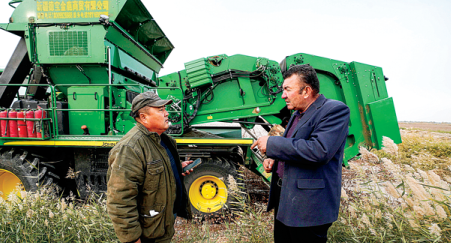


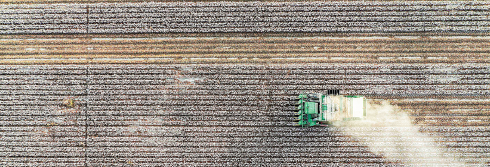
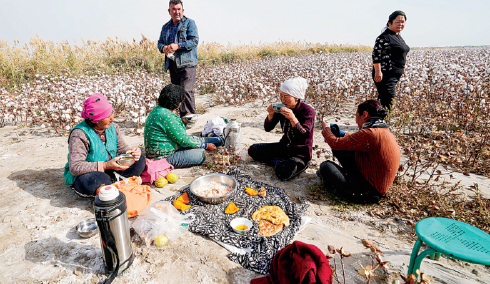

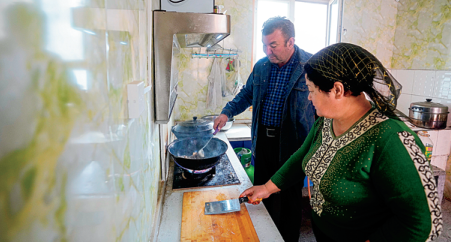

Today's Top News
- China to apply lower import tariff rates to unleash market potential
- China proves to be active and reliable mediator
- Three-party talks help to restore peace
- Huangyan coral reefs healthy, says report
- PLA conducts major drill near Taiwan
- Washington should realize its interference in Taiwan question is a recipe it won't want to eat: China Daily editorial



















